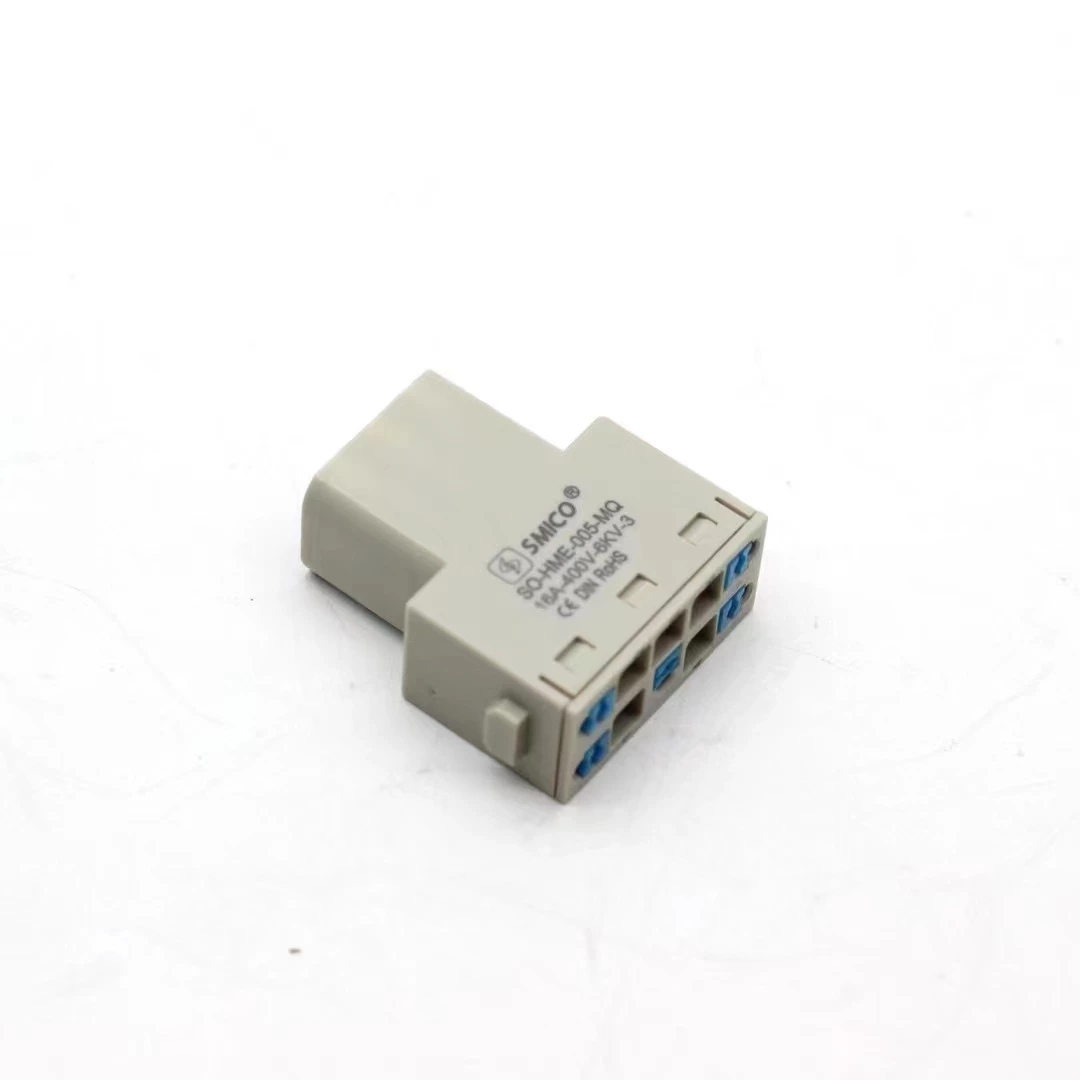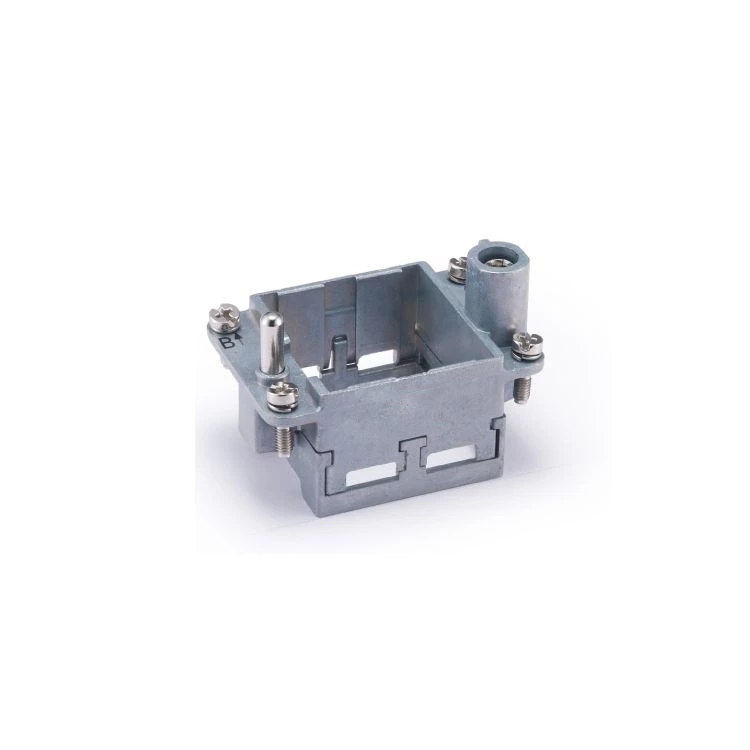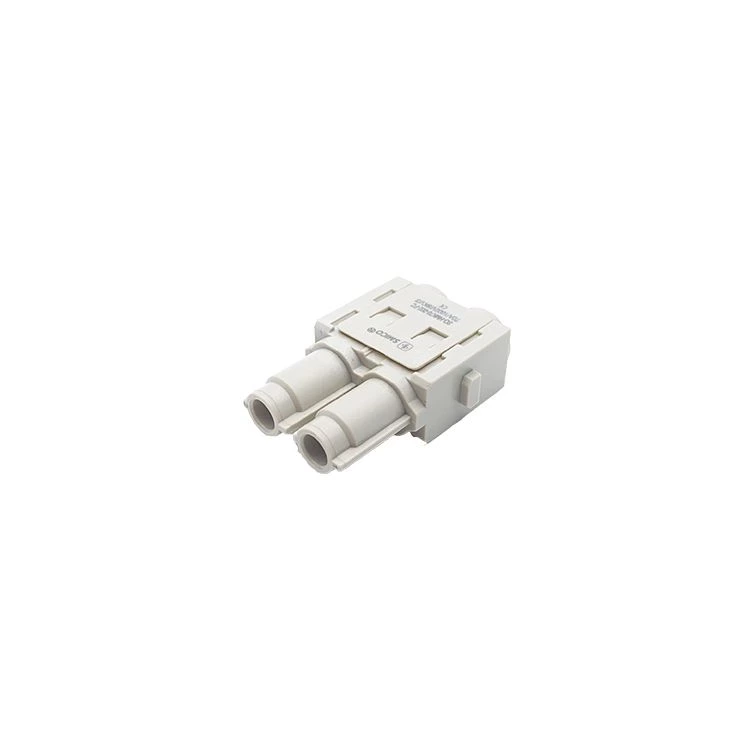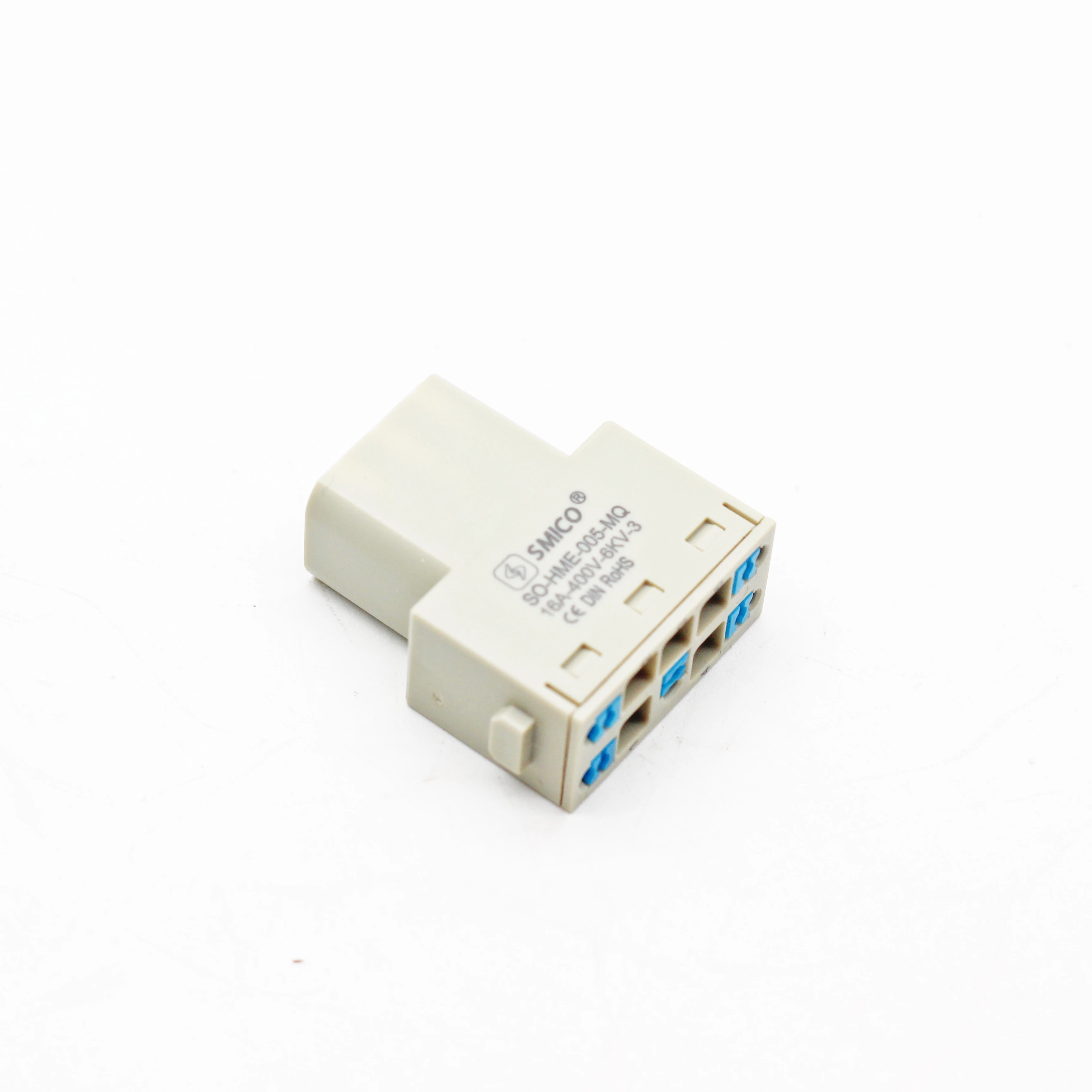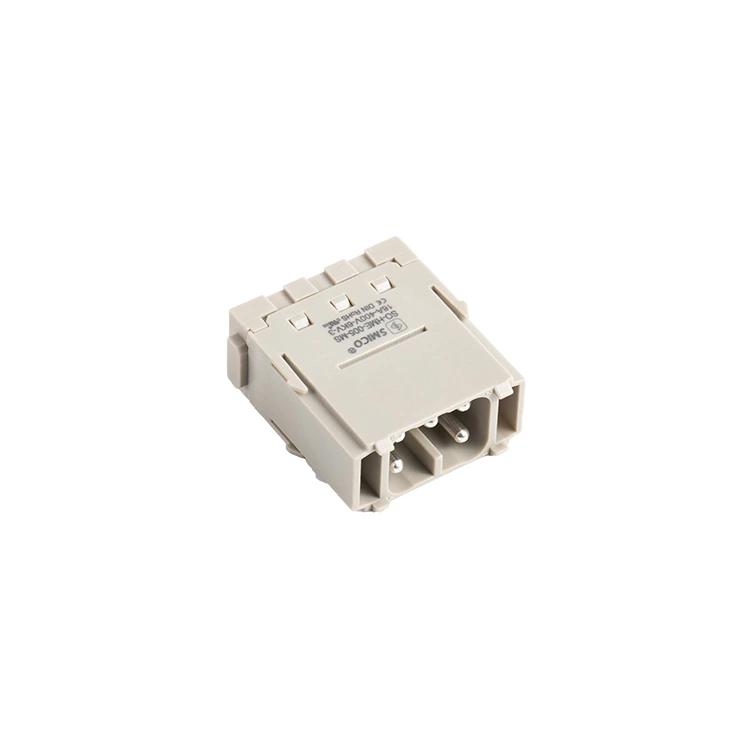Electrical Heavy Duty Connector Axial Crimp Instructions
Heavy Duty Connector is a high-reliability connector widely used in power, industrial automation equipment and other fields. Axial crimping is a common connection method that uses special tools to crimp the wires onto the shaft of the connector to achieve the connection of the wires.
1. Preparation
Before axial crimping, the following preparations need to be made:
1. Select the appropriate crimping tool: Select the appropriate crimping tool according to the specifications of the connector and the size of the wire to ensure the crimping effect and safety.
2. Prepare the wire: Prepare the corresponding wire according to the type and specification of the wire to be connected.
3. Check the connector: Check whether the terminals of the electrical heavy-duty connector are intact and whether there are impurities such as dirt or iron filings to ensure the crimping effect and safety.
2. Axial crimping steps
The axial crimping steps of the electrical heavy-duty connector are as follows:
1. Place the wire on the shaft of the connector to ensure that the wire is flat and not twisted or bent.
2. Use the crimping tool to crimp the wire to the shaft of the connector. During the crimping process, pay attention to the following points:
(1) The crimping force should be appropriate to avoid damaging the wire or connector terminal.
(2) The wire after crimping should fit tightly with the connector terminal to avoid looseness or poor contact.
(3) After crimping, check the contact between the wire and the terminal to ensure good contact.
3. Lock the connector shell: Use a screwdriver to tighten the screws on the connector shell to ensure that the connection between the connector terminal and the wire is firm and reliable.
4. Check the crimping effect: Check whether the wire after crimping is firm, whether the contact is good, whether there is looseness or damage, etc. If there is a problem, it needs to be handled or replaced in time.
III. Precautions
When performing axial crimping of electrical heavy-duty connectors, pay attention to the following points:
1. Select appropriate crimping tools and wires to ensure crimping effect and safety.
2. During the crimping process, pay attention to strength and skills to avoid damaging the wire or connector terminals.
3. After crimping, check the contact between the wire and the terminal to ensure good contact.
4. For some scenarios that require frequent plugging and unplugging, check regularly whether the crimping parts are loose or damaged, and handle them in time.
5. During use, if the connector terminals or wires are found to be loose or damaged, they should be replaced or handled in time to ensure the reliability and safety of the connector.

